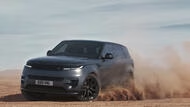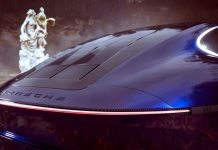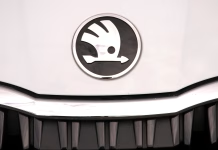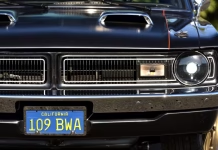JLR’s High-Stakes Balancing Act How the British Automaker’s Bold Moves and Electric Ambitions Face...
 Electric cars, Jaguar's rebirth, and Discovery's next steps are all big challenges facing the British brand
Electric cars, Jaguar's rebirth, and Discovery's next steps are all big challenges facing the British brand
JLR has achieved the almost impossible to post its best profit for 10 years, cancel out a £5 billion debt mountain and deliver record dividends to owner Tata Motors.
The company managed these impressive feats in its financial year running to the end of March by polishing its Range Rover and Defender brands such that they shone so brightly customers were willing to pay more than for rival vehicles in the premium SUV space.
That was hard enough, given the challenges facing an arguably sub-scale company squaring up against global giants like BMW and Mercedes-Benz – but now comes the even harder part.
Applying the same restoration magic to Discovery and Jaguar, the two problem rooms in the 'House of Brands', will require next-level business acumen. JLR also needs to successfully roll-out electric cars to customers who so far have remained sceptical, especially in the company’s largest market of the US. Plenty of other dangers lurk too.
At the JLR annual investor day, however, CEO Adrian Mardell was brimming with confidence after a series of wins, mainly financial but more recently in persuading the UK government to push through the successful negotiation of a reduction in president Trump’s crippling 27.5% US automotive tariffs down to 10%.
“We’re a big deal. We’re the deal in automotive in the UK,” Mardell told the assembled analysts at the event, held at Gaydon. “Our influence level in domestic and international governments is really, really high.”
Mardell then took a moment to gently scold the room. “I believe some of you have over-indexed the problems and under-indexed what we've done. Just think about it,” he said.
Getting the analysts to think about it were all of JLR's brand heads, led by chief commercial officer Lennard Hoornik, who outlined what the company has achieved.
“The most simple strategy was to ask for a higher price. That was it,” Hoornik said. “The higher price shows the confidence, it shows the timelessness, it shows the brand.”
Hoornik referenced the Defender, JLR’s biggest selling model globally, at 59,743 units in the six months to the end of June. He said: “That segment wasn't there at all. We were only selling 10-12,000 Defenders [a year]. And then we decided to go for five or six times the volume at about three or four times the price.”
The Defender broke its own sales record last financial year – almost unheard of for any vehicle in the fifth year of its model cycle. As with the Range Rover, JLR is looking to move the brand further up market into what it calls the ‘tough luxury segment’ with models like the £148,000, V8-powered Octa.
Along with the Range Rover and Range Rover Sport, the Defender helped JLR turn a £3.6bn loss in 2019 to a £1.8bn profit after tax last year.
But sustaining those profits, let alone keeping to JLR’s longer term goal of 15% margins from 8.5% last year, will require flawless execution.
“While the turnaround has been quite credible, it has been hinged on two or three products that had a very strong legacy and probably the right to win in the segments in which they operate,” Kumar Rakesh, associated director at the bank BNP Paribas, told Autocar. “That’s not the same for rest of the products in the portfolio. When you blend EV in the mix, it becomes even more challenging.”
Rakesh referenced Jaguar, which is embarking on an all-EV strategy from next year. This has been previewed by the striking Type 00, a concept that will morph into a large saloon primarily designed for a US market that’s uncertain at best on electric cars. “There’s a risk to that strategy if the hybrid market actually picks up much more strongly and it lasts longer for the next five, six or seven years,” he said.
The family-focused Discovery brand is another question mark, given it has so far been roundly eclipsed by the Defender.
JLR has been incredibly successful in persuading customers to pay more for its three leading models. The company’s average selling price has jumped from below £45,000 in 2019 to £71,546 in the last financial year. However, despite selling models such as the limited-edition £500,000 Range Rover SV Masara, that average selling price hasn’t moved since.
The company is having to spend more to market its cars. After raising prices during the time of constrained supply of the chip crisis, JLR is pouring more into advertising and discounting to shift the metal. Campaigns include sponsoring the Oasis concert tour, while variable marketing expenses (aka discounts) rose by £143 million in the first three months of the year.
Sales meanwhile fell 15% in the three months to the end of June to 94,420 units, largely due to the pause in shipments to the US while the tariff situation was untangled, as well as the winding down of Jaguar sales.
Much of what JLR is facing is common to the whole industry.
“This financial year has certainly thrown us a few challenges,” chief financial officer Richard Molyneux told analysts on the investor day.
Molyneux highlighted US tariffs, which although largely resolved for UK-built cars still represents an increase from the previous rate of 2.5%. Meanwhile, Slovakian-built Defenders and Discoverys will still face the 27.5% tariffs to enter the US imposed from April, with no sign of an EU trade deal on the horizon.
The secondary effect from the US upending global economic norms is a weaker dollar, which also pushes up the price of JLR cars in its largest market. Companies like JLR ‘hedge’ against currency swings but can’t do it forever. “Outside of that short term, it will certainly hurt us,” said Molyneux.
At the same time, key rivals BMW and Mercedes – and to a lesser extent Volvo and Jeep – are gaining a bigger advantage by building their big SUVs in the US.
Another headwind that Molyneux highlighted was “technical protectionism”, for example Chinese ADAS systems not being allowed in the US and vice versa.
China itself is a worry for JLR, as demand for all Western premium brands continues to slump. The country was JLR’s biggest market in the 2023 financial year but has fallen to fifth in the first half of this year at 20,904 wholesales (sales to dealers) against 62,011 in its largest market of the US.
The company is banking on sales from the revived Freelander brand, built on platforms from Chinese partner firm Chery and due in the second half of 2026, to fill falling demand for smaller cars like the Range Rover Evoque and Discovery Sport in the country.
Then there’s the thorny issue of electric power. “There is a growing disconnect, as the predicted S-curve of BEV demand hasn't really taken off in many markets,” Molyneux said.
The current JLR management has tried to distance itself from the capital-intensive mistakes of the previous decade by being a lot more prudent on spending. However, when it became obvious that ICE cars were going to live a lot longer than predicted, JLR was forced to increase spending from a planned £15bn to £18bn, mainly to keep building ICE cars alongside new electric EMA-platform-based mid-size SUVs due next year from the Halewood plant.
So far, JLR has taken its time on EVs. Currently it doesn’t offer a single one after axing the Jaguar I-Pace and won’t until next year when deliveries of the new Range Rover Electric start.
“We're not going to rush that transition. We're gonna nail it,” Mardell said. “Others have gone for speed over capability.”
However, question marks remain over whether JLR can retain its impressive residual performance for cars like the Defender and Range Rover in the switch to electric.
On paper, JLR looks vulnerably high-sided against the storms currently affecting global automotive. However, its tireless work on brand strength could just anchor it until the time when (if) a form of normality returns to the industry.
A Bold New Vision for the Porsche 911: Compact, Retro, and Unapologetically Modern

Why the Rare Mazda MX-30 EV Is Now a Bargain Buy in the US
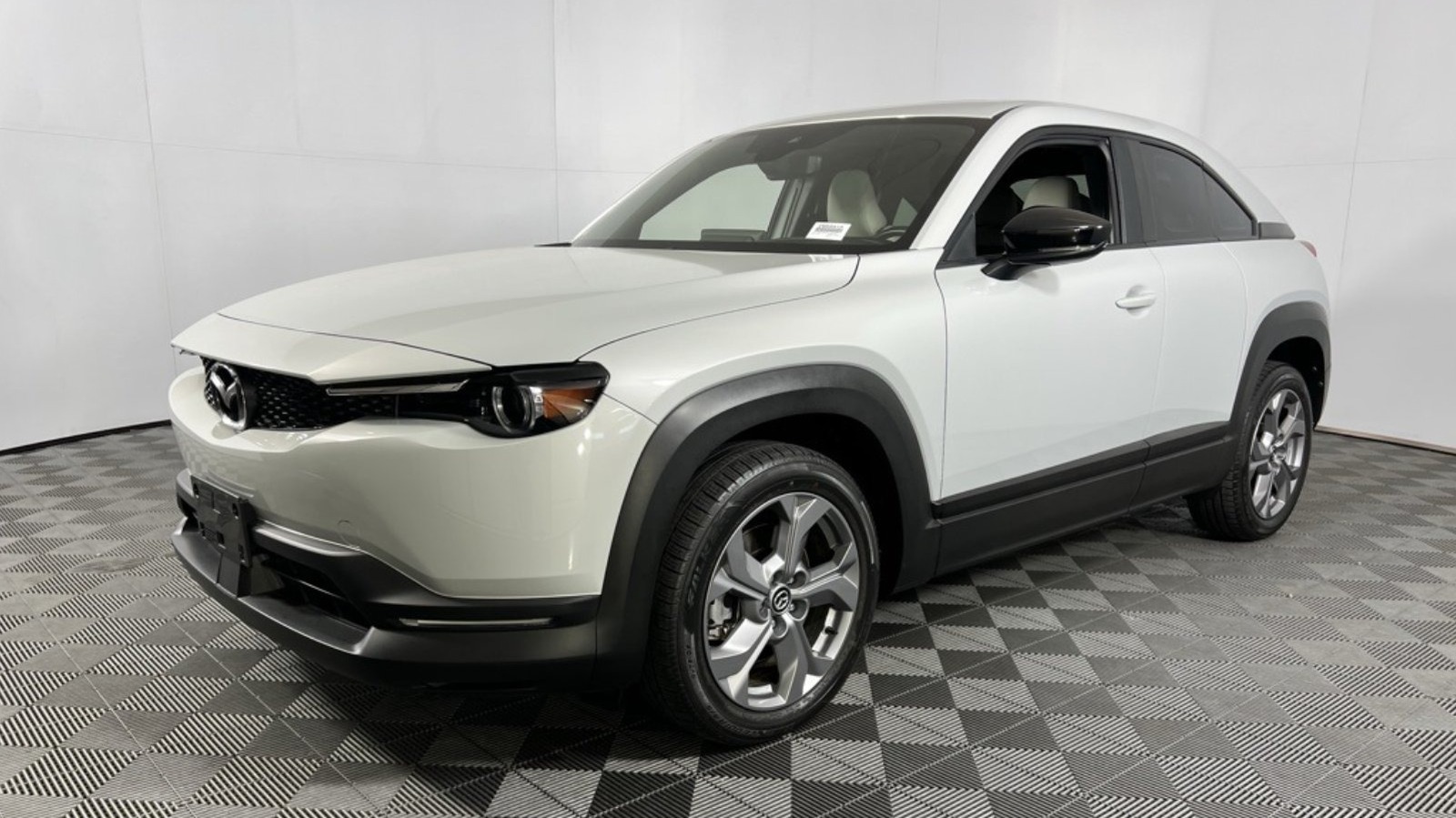
Toyota’s Mid-Engine GR Yaris M Hits Roadblocks on the Path to Racing Glory

Budget Car Brand Surpasses Porsche with Record-Breaking Profits
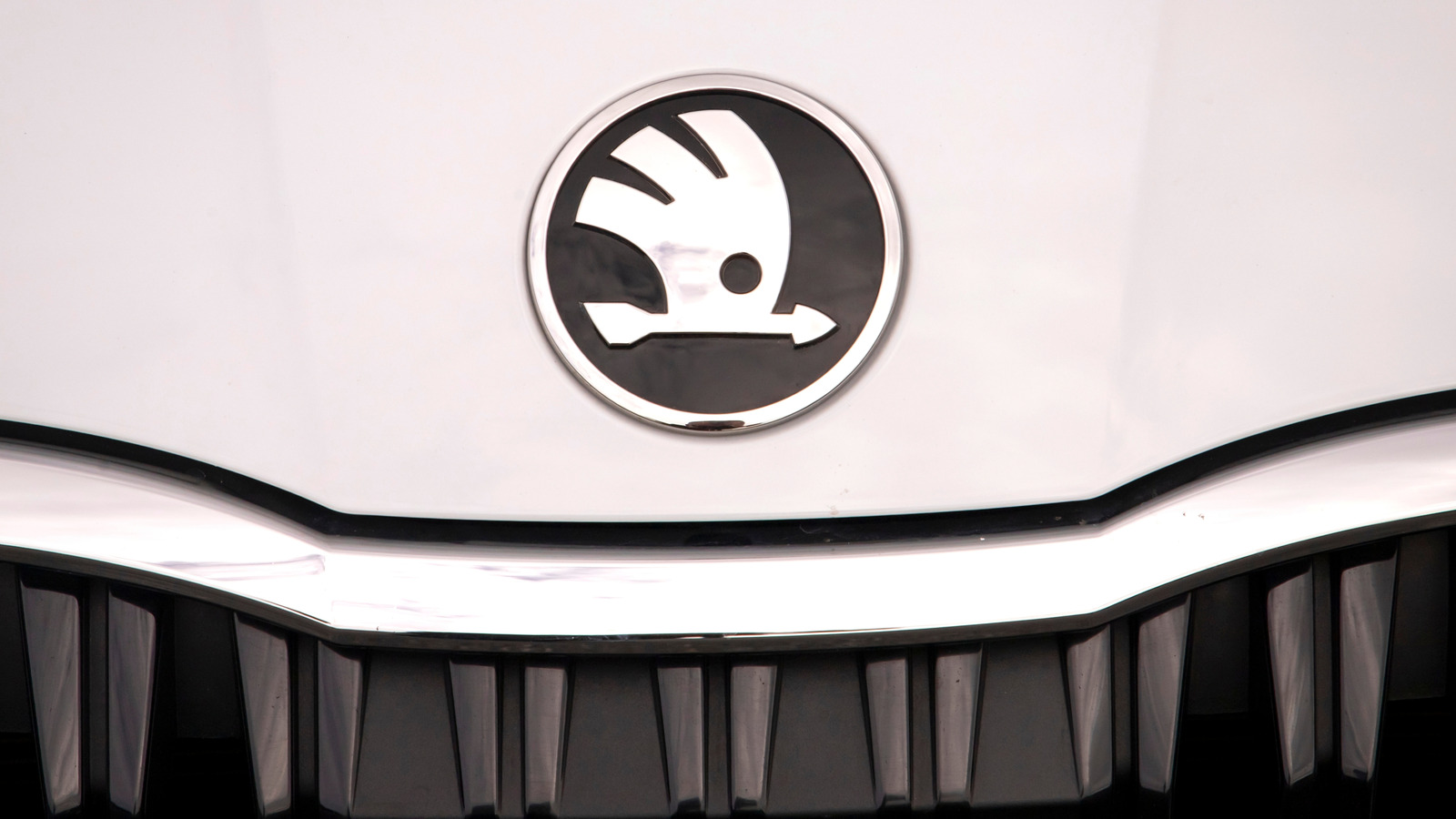
Munich Motor Show 2024 Unveils Next-Gen Electric Cars and Bold Concepts from Europe’s Top...
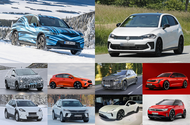 German industry party is shaping up to be the biggest motor show this decade. These are the highlights
German industry party is shaping up to be the biggest motor show this decade. These are the highlights
This year’s Munich motor show is shaping up to be Europe’s biggest since the Covid pandemic, with Volkswagen, BMW, Mercedes-Benz, Renault, Polestar and others set to reveal crucial new models.
These include the new BMW iX3 and Mercedes-Benz GLC, a pair of radical electric family SUVs that will kick-start new eras for the two German marques in terms of technology and design.
Another key focus at the show will be on the much-anticipated new wave of small EVs, with the likes of the Volkswagen ID 2 pencilled to be shown in production form for the first time.
Below is our guide to the most important cars at this year's Munich motor show.
Audi concept

A new Audi concept that will preview an all-new look for the brand under design boss Massimo Frascella is set to be shown for the first time at Munich.
It isn't yet known what size or type of car the concept will preview, but CEO Gernot Döllner has confirmed to Autocar that Audi will only produce concept cars that have true production intent and it will be “a bold step” for the brand and its design.
Döllner previously told Autocar that the brand was considering a new halo model, with the original TT cited as a key potential source of inspiration. Our rendering (above) suggests how this could look.
Everything you need to know about Audi’s upcoming concept: New Audi concept car to preview brand's 'bold' new look
BMW iX3

The first car to come from BMW's Neue Klasse revolution will bring a dramatic step in design, engineering and marketing.
It will be sold alongside the current, fourth-generation petrol X3 and will have slimmer batteries than the electric version of that car, bringing a dramatic leap in range up to 497 miles, as previously reported by Autocar.
That would make it Britain's longest-range EV.
Read our BMW iX3 prototype review
Cupra concept

Cupra will take the wraps off a new concept car that is expected to showcase the next generation of its interior design.
An official preview image shows a radical new cabin similar to that of the DarkRebel concept, which was unveiled in 2023, and includes a yoke-like steering wheel, a chunky central spine and racing seats.
Everything you need to know: Cupra to showcase future of interior design with radical concept
Cupra Raval

The Cupra Raval will make its production debut at the show. It will be the Spanish brand’s smallest EV, sitting below the Volkswagen ID 3-twinned Born.
Like that car, it will be positioned as the most sporty and “rebellious” variant of the Volkswagen Group's MEB Entry model range.
To that end, it will feature a more aggressive-looking design than the Volkswagen ID 2, which it will be built alongside.
Hyundai Ioniq 2

Hyundai is poised to reveal an electric crossover, most likely an electric alternative to the existing Bayon (above) badged Ioniq 2, as it pushes to expand its EV offerings.
Understood by Autocar to be twinned with sibling brand Kia’s incoming EV2, the compact crossover will plug the gap between the Inster and Kona Electric.
Set to be revealed at the Munich show, it will be positioned as a rival to the likes of the Renault 4 and Volvo EX30.
What to expect from the new Ioniq 2? Read more here: Hyundai to reveal new electric crossover in the "next few months"
Mercedes-AMG Concept AMG GT Track Sport
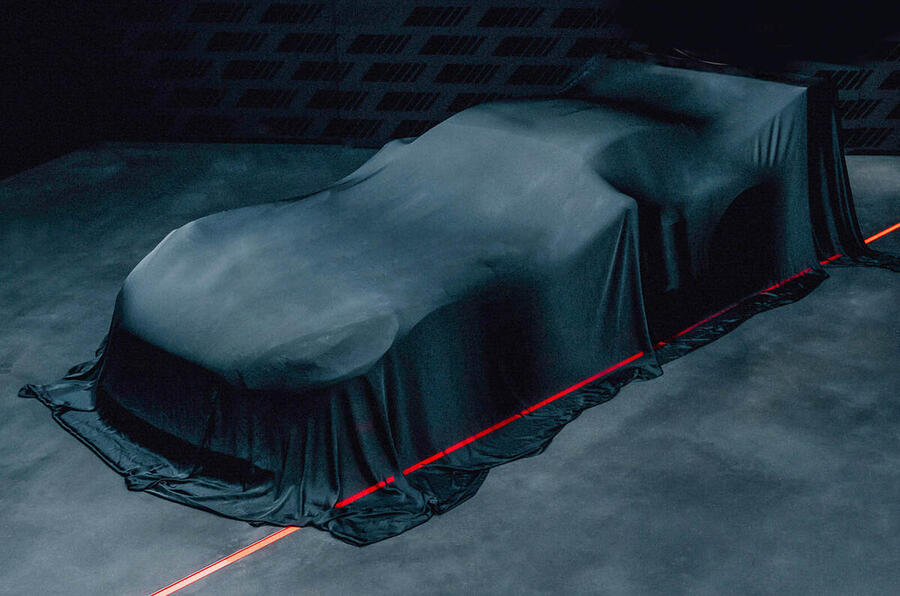
A V8-powered, track-honed rival to the Porsche 911 GT3 RS is being readied by Mercedes-AMG.
It will be previewed by the new Concept AMG GT Track Sport, based on the second-generation AMG GT, which was launched in 2023, and is expected to be revealed for the first time at the Munich show.
The new flagship GT is likely to be a successor to the AMG GT Black Series of 2022, which produced a staggering 730bhp from a highly modified version of AMG’s twin-turbocharged 4.0-litre V8.
Read all about the new radical concept here: Mercedes-AMG readying aggressive new GT to take on 911 GT3 RS
Mercedes-Benz GLC
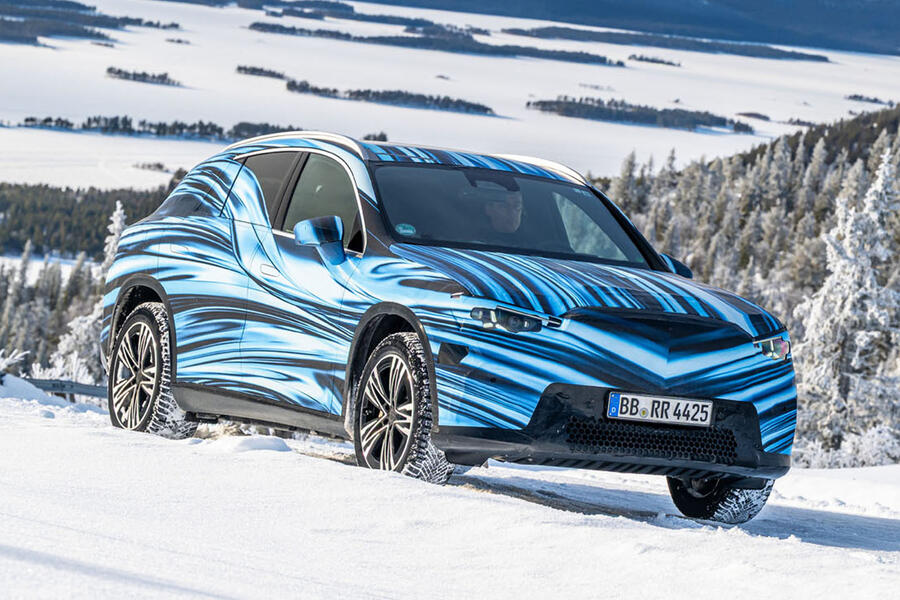
The arch rival of the iX3 will likewise bring a significant jump in range and charging speed compared with its predecessor, the EQC.
It will be sold with single- and dual-motor powertrains, the latter with up to 482bhp, and an AMG variant with as much as 600bhp is in the works.
Everything you need to know: Electric Mercedes GLC ramps up for September debut
Polestar 5
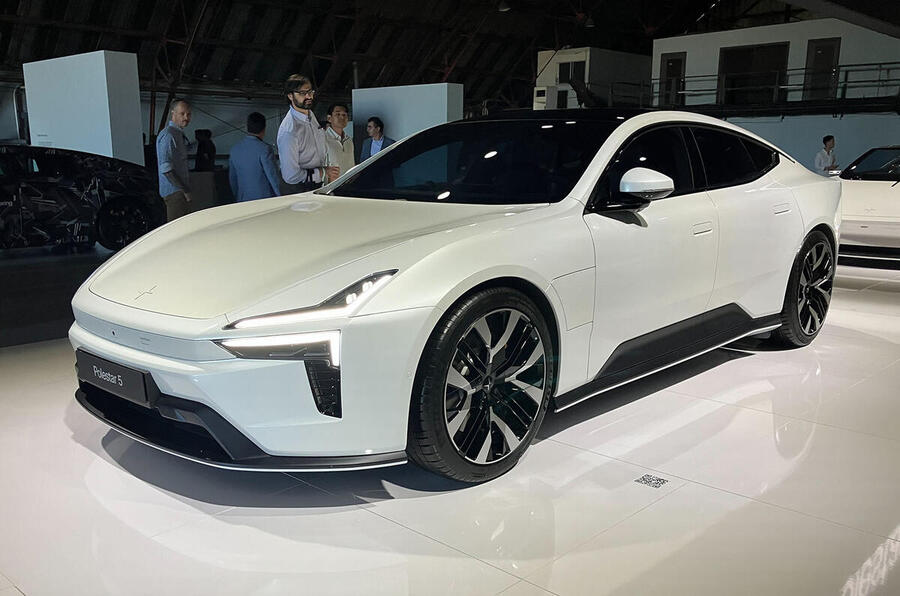
Polestar will reveal its Porsche Taycan-rivalling 5 at the Munich show. The newcomer is promised to offer nearly 900bhp in its most potent form.
The super-saloon is described as a “company-defining project” and will be the first model built to use Polestar’s new 800V electrical architecture.
Largely developed in Britain, it's said to have “supercar levels” of stiffness and be the lightest model in its class.
Everything you need to know about the Polestar 5: 'Extreme-fast charging' Polestar 5 GT to star at Munich motor show
Renault Clio
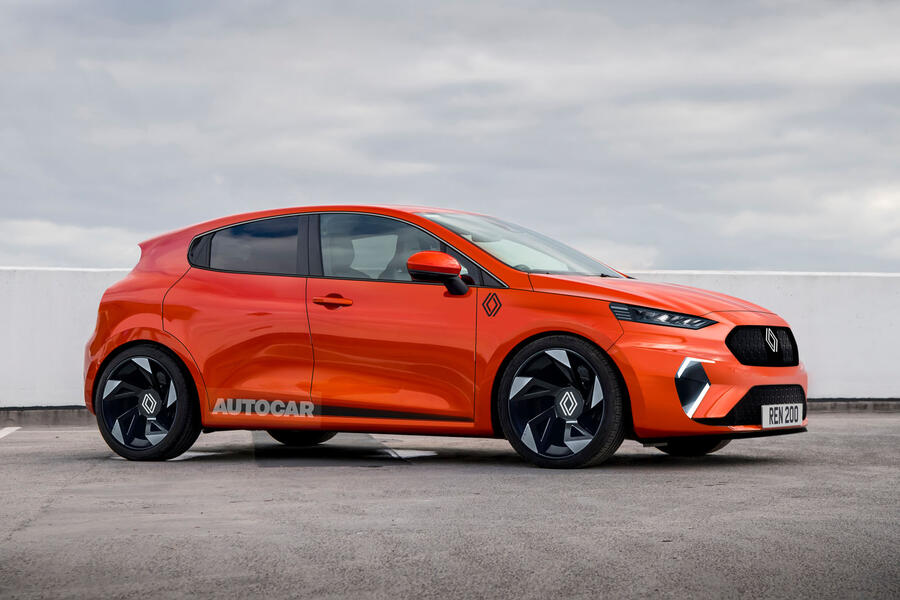
A radically different Renault Clio will be shown for the first time. The sixth-generation hatchback is set to ditch pure-petrol engines and go hybrid-only – in part to meet stringent new EU fleet emissions targets.
The supermini will also introduce several new design cues, such as a more prominent nose with a diamond-shaped grille pattern and twin-decked lip spoilers at the rear.
Everything you need to know about the new generation hatch: New Renault Clio set for Munich show debut ahead of 2026 launch
Skoda Epiq
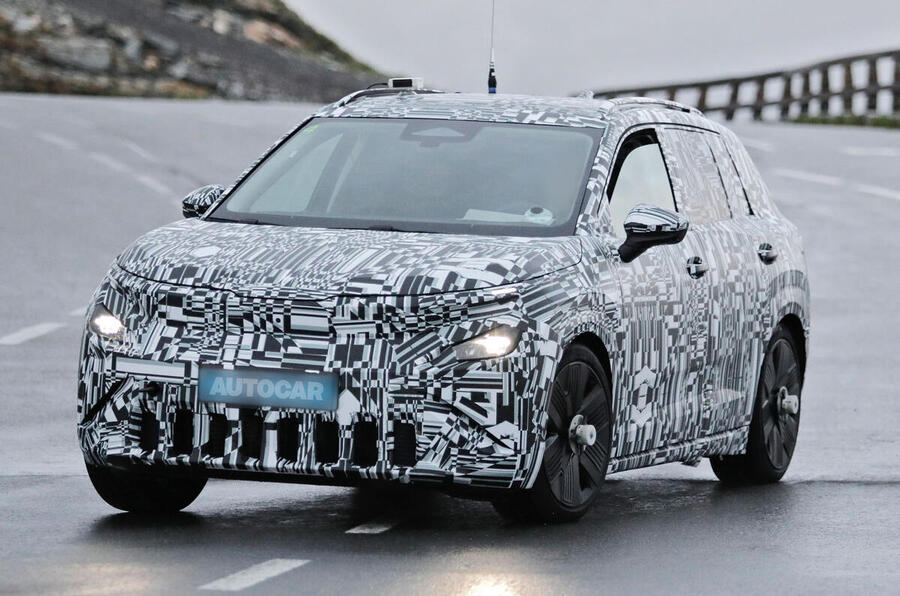
Along with its MEB Entry siblings, the Skoda Epiq is expected to be unveiled at the Munich show.
Previewed by a concept in 2024, it will go on sale next year priced at less than £25,000.
Like the ID 2X, with which it will share a production line, it will be a rugged, 4x4-inspired raised hatchback that will square off with the Renault 4. A hot vRS version is tipped to follow.
Everything you need to know: Skoda Epiq breaks cover as testing of £25k EV ramps up
Skoda Octavia concept
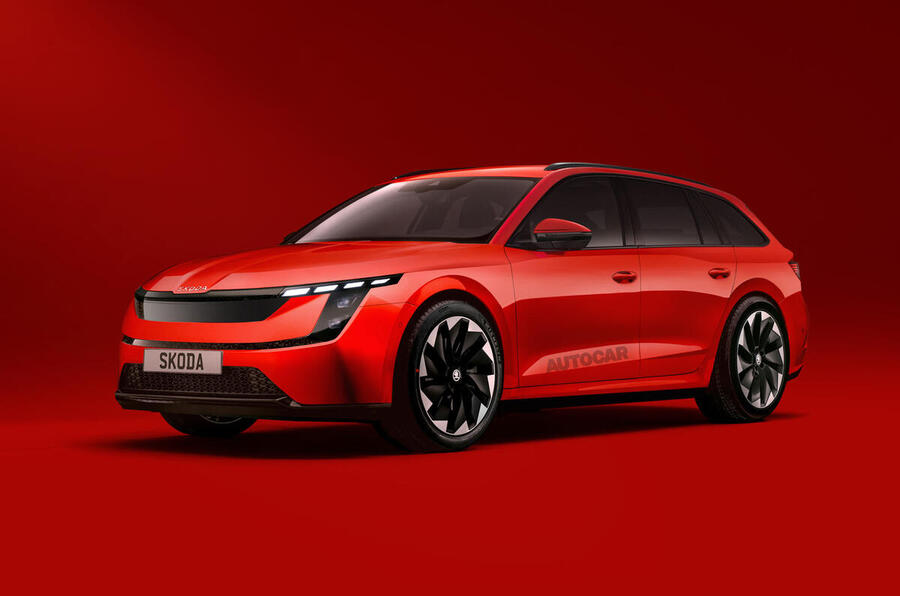
A new concept from Skoda will preview the next-generation Octavia Estate. CEO Klaus Zellmer told Autocar that it will be a “further step” for the brand in its design but will still “clearly be recognisable as a Skoda”.
It's likely to be based on the Volkswagen Group’s upcoming SSP platform, designed for its next-generation EVs.
Everything you need to know about the next Skoda Octavia: Incoming Octavia concept will showcase "next step" of Skoda design
Volkswagen ID 2
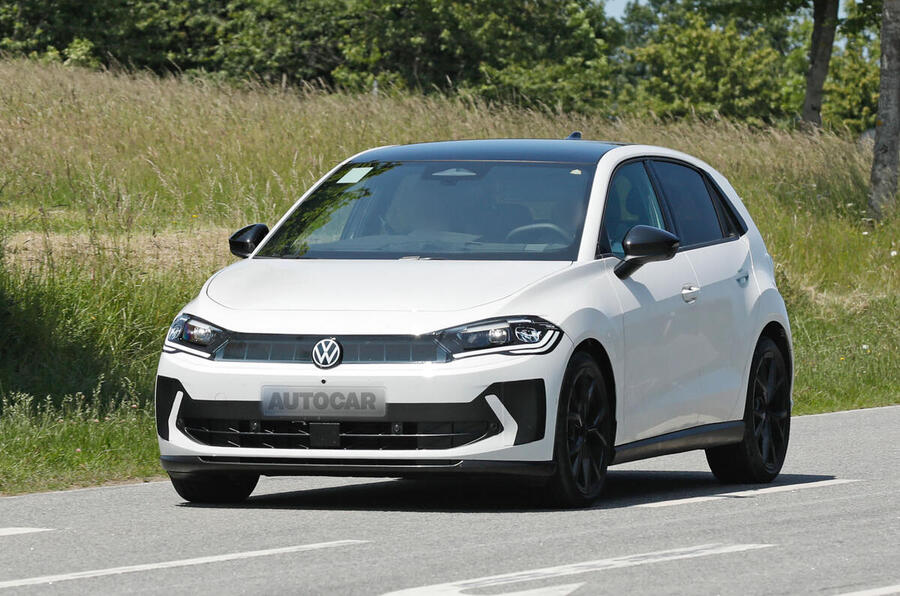
Making its debut at Munich, the long-awaited Volkswagen ID 2 will be the first of the Volkswagen Group’s MEB Entry range of price-leading EVs.
The ID 2 will be unveiled in production-ready form at the show ahead of its arrival in showrooms early next year.
The electric counterpart to the Polo is seen by those inside the group as one of the most important cars it has launched in recent times.
It's pencilled in to go on sale priced at or just below the £23,000 starting price of the Renault 5.
Everything you need to know: Volkswagen begins testing £22k ID 2 hatch ahead of 2026 arrival
Volkswagen ID 2X
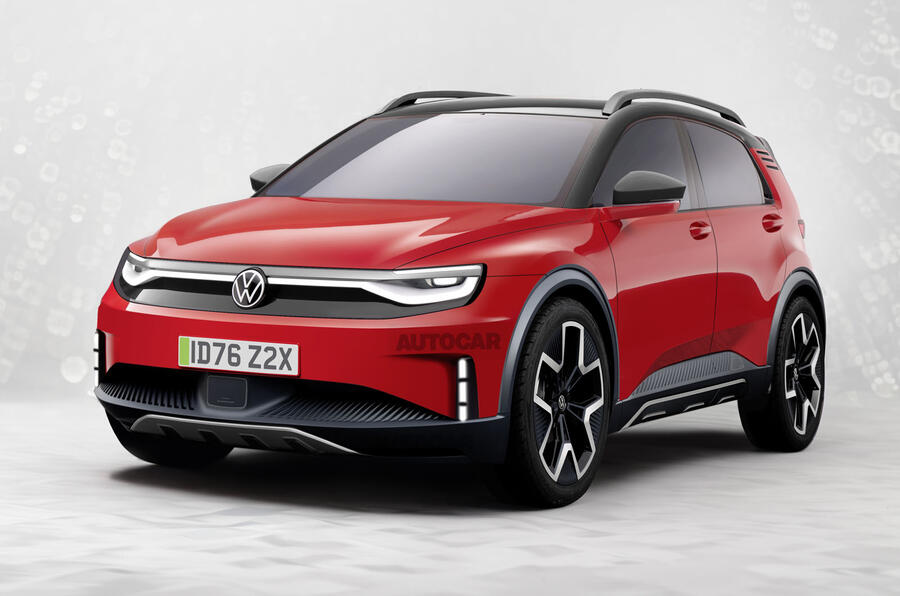
Alongside the ID 2, the taller and chunky ID 2X will be shown in near-production form for the first time. It will go on sale a year after the regular hatchback.
Effectively an electric alternative to the T-Cross, it will start at around £25,000, meaning it's set to be one of the cheapest electric SUVs on the market.
Everything you need to know about the Volkswagen ID 2X: Volkswagen ID 2X: £25k EV confirmed for Munich debut
Volkswagen T-Roc
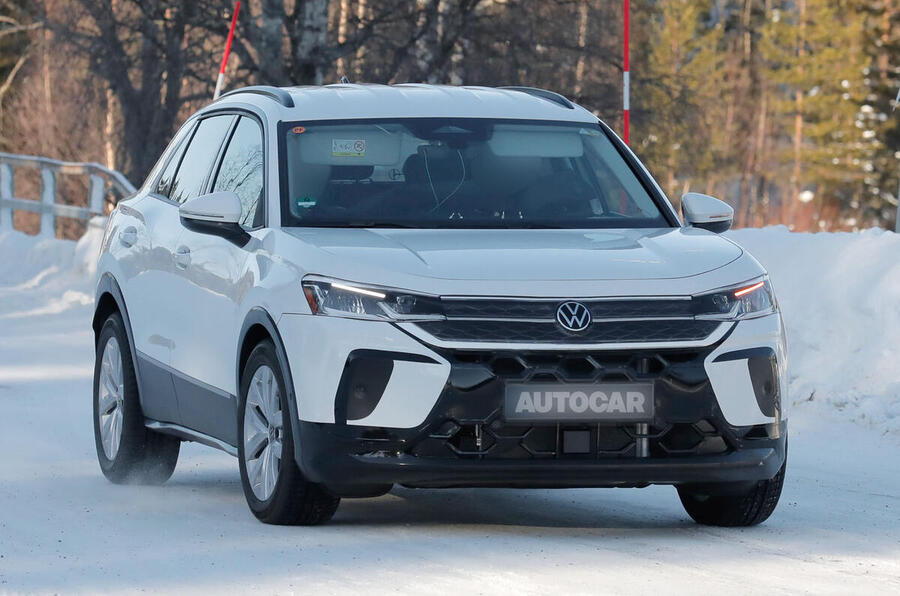
The second generation of Volkswagen’s hugely popular T-Roc crossover will be the first model to use a new full-hybrid powertrain - and it will be shown to the public for the first time at Muncih.
The new T-Roc, destined to be Volkswagen's final all-new model with a combustion powertrain, will be offered with a hybrid powertrain that works similarly to that used by Toyota, capable of driving the wheels using either a petrol engine, an electric motor or a combination of both at any given time. That set-up is also bound for the Golf and Tiguan.
Find out all about the new T-Roc here: New VW T-Roc due in August with Prius-style hybrid system
1970 Dodge Dart Restomod Unleashes Modern Muscle at Monterey Auction
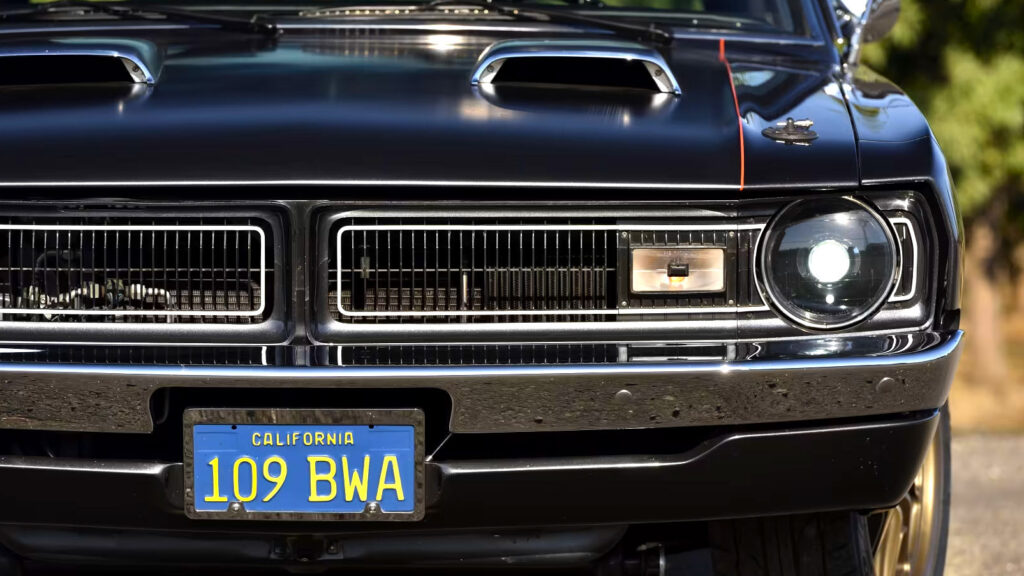
Tesla Cybertruck Suspended Mid-Air by Powerful Structural Adhesive

2027 Porsche 911 Speedster Spied Testing as Ultimate Open-Top Performance Icon
Maserati Revives Driving Passion with Manual Twin-Turbo GT


